Bourke’s Parakeet is a small, colorful bird originating in Australia. Being dimorphic, the males are seen with a blue band above their eyes, whereas their female counterparts have much lighter or no such bands at all.
Scientific Classification |
|
| Kingdom | Animalia |
| Phylum | Chordata |
| Class | Aves |
| Order | Psittaciformes |
| Superfamily | Psittacoidea |
| Family | Psittaculidae |
| Subfamily | Psittaculinae |
| Tribe | Pezoporini |
| Genus | Neopsephotus |
| Species | Neopsephotus bourkii |
Quick Information |
|
| Other names | Bourke’s parrot, Bourkie, Bourke, Pink bellied parakeet; Blue vented parakeet and Sun down parrot |
| Size | 18 cm to 23 cm, Tail length of about 9cm |
| Weight | Males: 47 g to 49 g; Females: 41 g to 49 g |
| Color | Olive-brown body, pink abdomen, patches of pink on breast, blue rump, dark brown legs and eyes, bill of yellowish brown |
| Distribution | Parts of southern, central and western Australia |
| Habitat | Woodlands, scrublands as well as urban areas |
| Sound | Calls frequently with a soft mellowing sound “chu vee” especially when in flight |
| Clutch | Between three and six eggs |
| Incubation Period | 18 to 19 days |
| Fledging | Around 28 days |
| Lifespan | Approximately 15 years or even longer when bred in captivity |
| Diet | Lives on seeds and grasses |
| IUCN Conservation Status | Least Concern |
Color mutations
- Isabel (Cinnamon)
- Fallow
- Yellow
- Rosa or pink
- Cream
- Blue
- Pied
- White with a pink face
- Lutino
- Opaline
- Rubino
Pet care
This species with a striking appearance and gentle personality is a popular pet choice for people desiring a well-behaved bird.
Housing
Requiring a large, spacious dwelling-place, aviaries or big flight cages are well-suited for them as they will be able to fly about freely. In case you are keeping them in a cage make sure that it is 24 x 24 x 30 inch in height, with bar spacings not exceeding ½ an inch. Keep wooden or natural perches for them to hop around.
Cage accessories
These pink parrots are fond of bells, swings as well as preening toys. Placing a few toys in their cage may help in entertaining them.
Nest box
Since they are not fussy about their nest-box size, a moderate-sized nest box can be provided in the cage.
Temperature
They thrive comfortably at a temperature between 60°F and 85°F. Though these parakeets do well outdoors, they should be kept away from excessive heat or chilling cold to prevent them from falling ill.
Temperament and Behavior
Having an amiable and calm disposition, they socialize well with other birds especially canaries, cockatiels, grasskeets, peaceful-natured finches, and budgies. They enjoy entertaining themselves, not requiring too much of attention.
One problem encountered in housing these otherwise docile and hassle free species in a mixed aviary is that their activity level increases at dawn and after the sunset. This is why they resort to flying around the cage in the wee hours of the morning as well as at night, also chattering and twittering noisily, hence causing a problem to the other birds.
Feeding
Give your pet Bourke a healthy seed diet comprising of a mixture of pellets, canary seeds millets, coupled with some amount of sunflower and safflower seeds. To enhance nutrition, introduce healthy vegetables like broccoli, kale, corn, and grated carrot. Fresh fruits such as chopped pieces of apple and berries form an ideal food source. Maintain their protein levels by providing eggs. Provision of cuttlebone and grit aids in strengthening their bones. Pieces of cuttlefish should be given to the female bird during breeding period to help them maintain their calcium levels. Place fresh drinking water at their cage bottom every day.
Care
Change their cage substrates on a regular basis to ensure proper hygiene. As they enjoy bathing at times, place a dish containing lukewarm water on their cage floor or spray them gently using a spray bottle. If their nails are to be trimmed, consult a vet rather than trying it at home.
Health problems
These hardy birds do not suffer from any serious health problems as such. They may have a heat stroke on getting exposed to intense heat. On the other hand when kept at a very low temperature they develop hypothermia (rapid decrease in body heat). A sick bird is characterized by ruffled feathers, drooping head, discharge from mouth and nostrils, breathing trouble, increased intake of water, watery droppings and weight loss.
Price
You can get a Bourke’s parakeet for a sum of $150-$300.
Interesting facts
- Sir Thomas L. Mitchell is credited to have discovered the Bourke’s parrot in 1838, in New South Wales.
- This species is named after the Governor of New South Wales, General Sir Richard Bourke.
- Though they are at times placed in the genus Neophema, there is an ongoing debate regarding the taxonomic position of these parakeets.
- They have zygodactyls toes as it is arranged in a pair with two toes pointing front and the other two backward.
References:












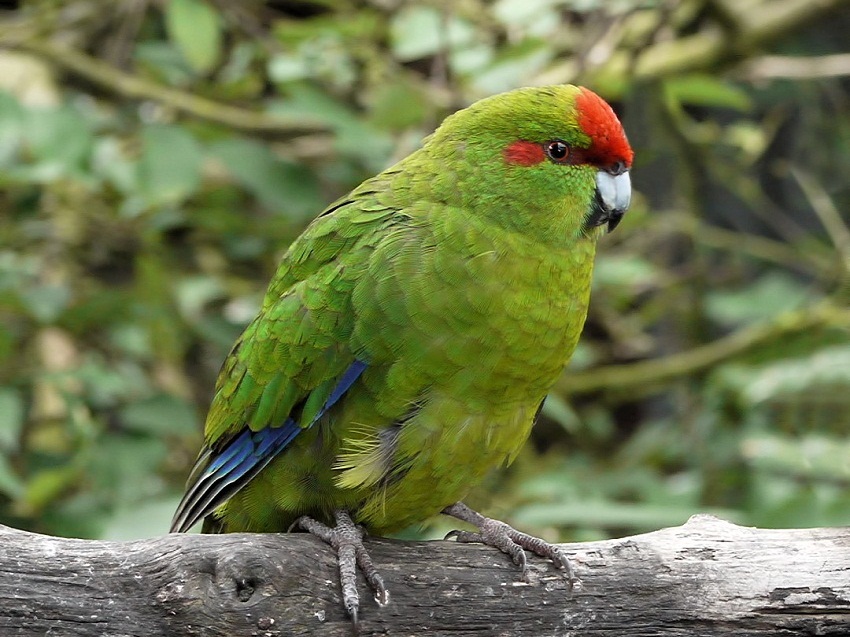
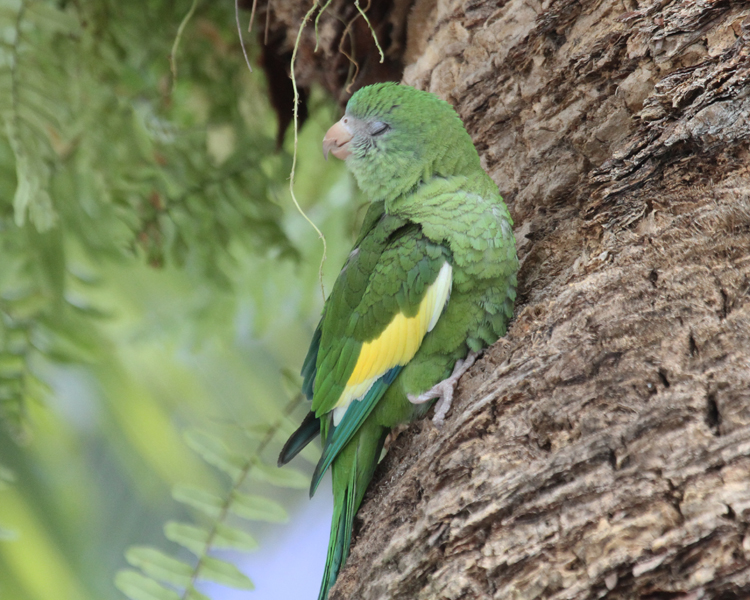
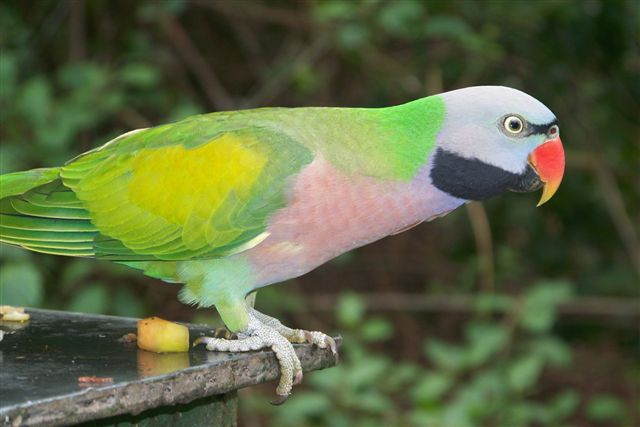
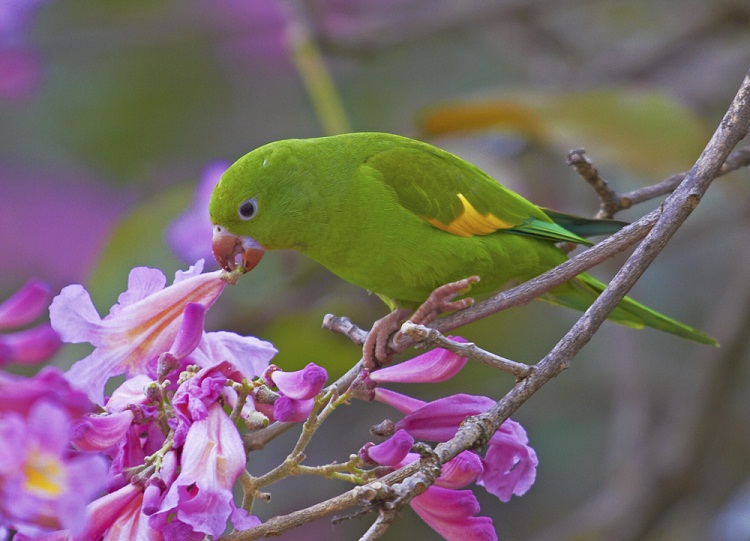
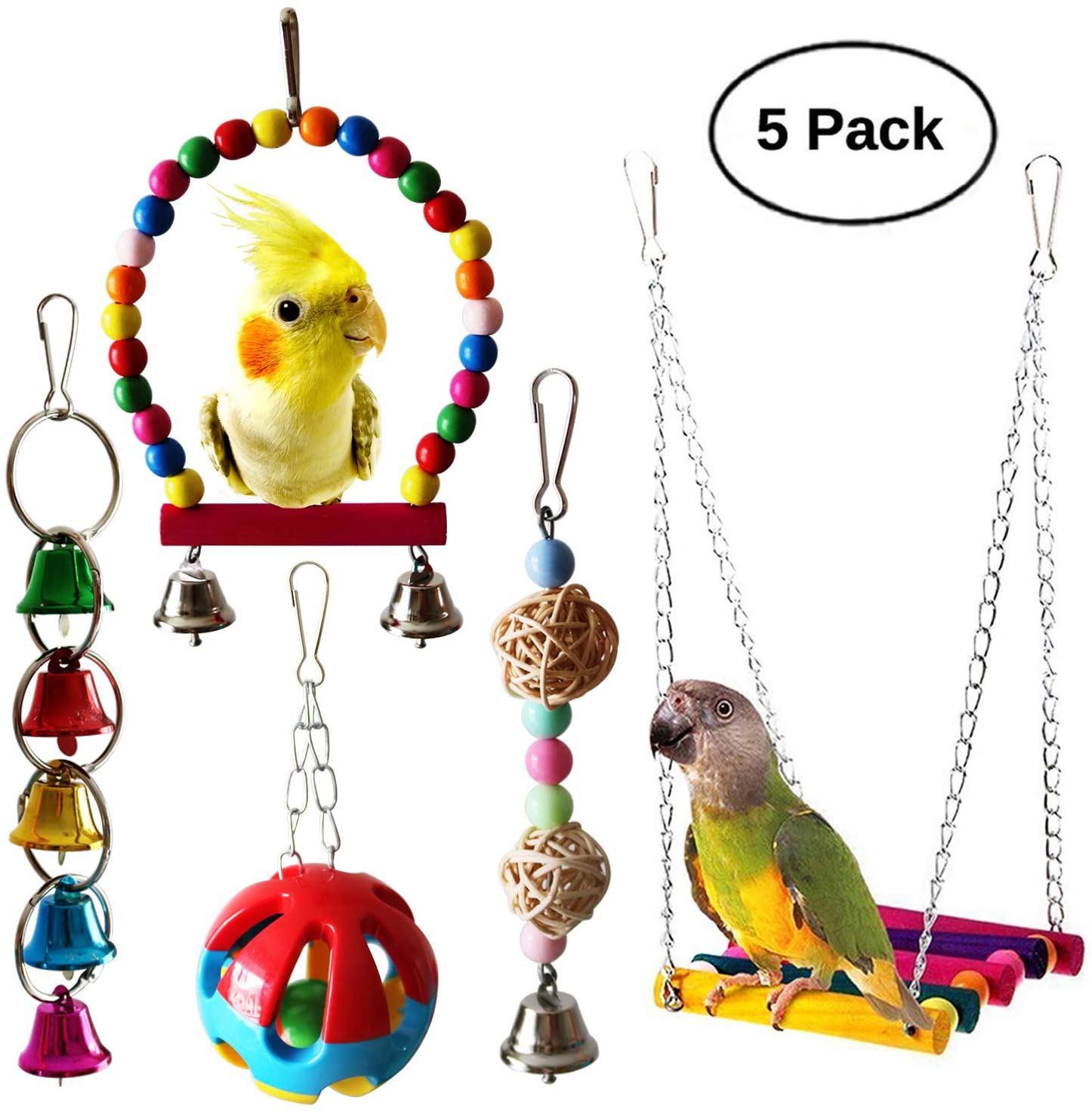
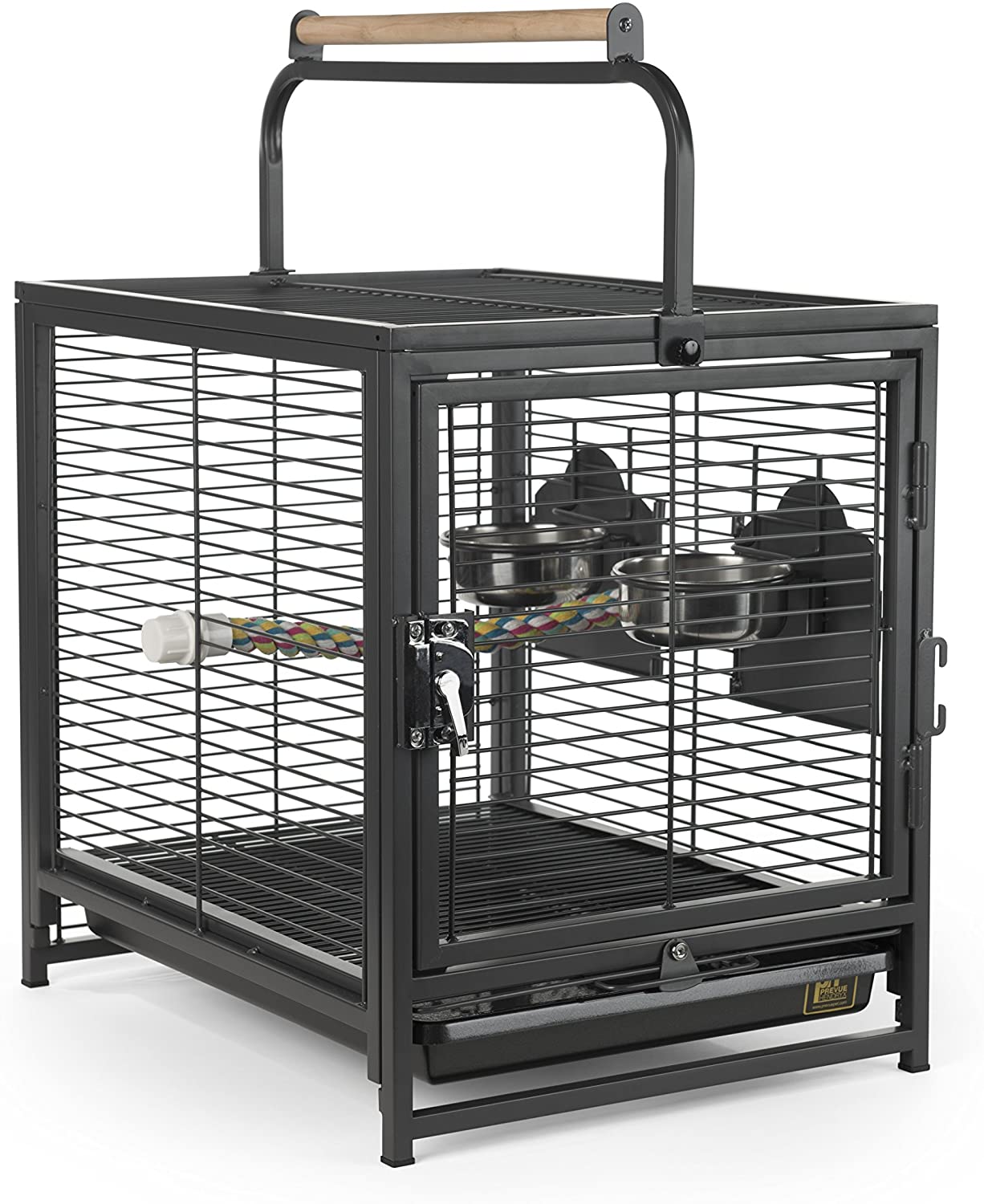
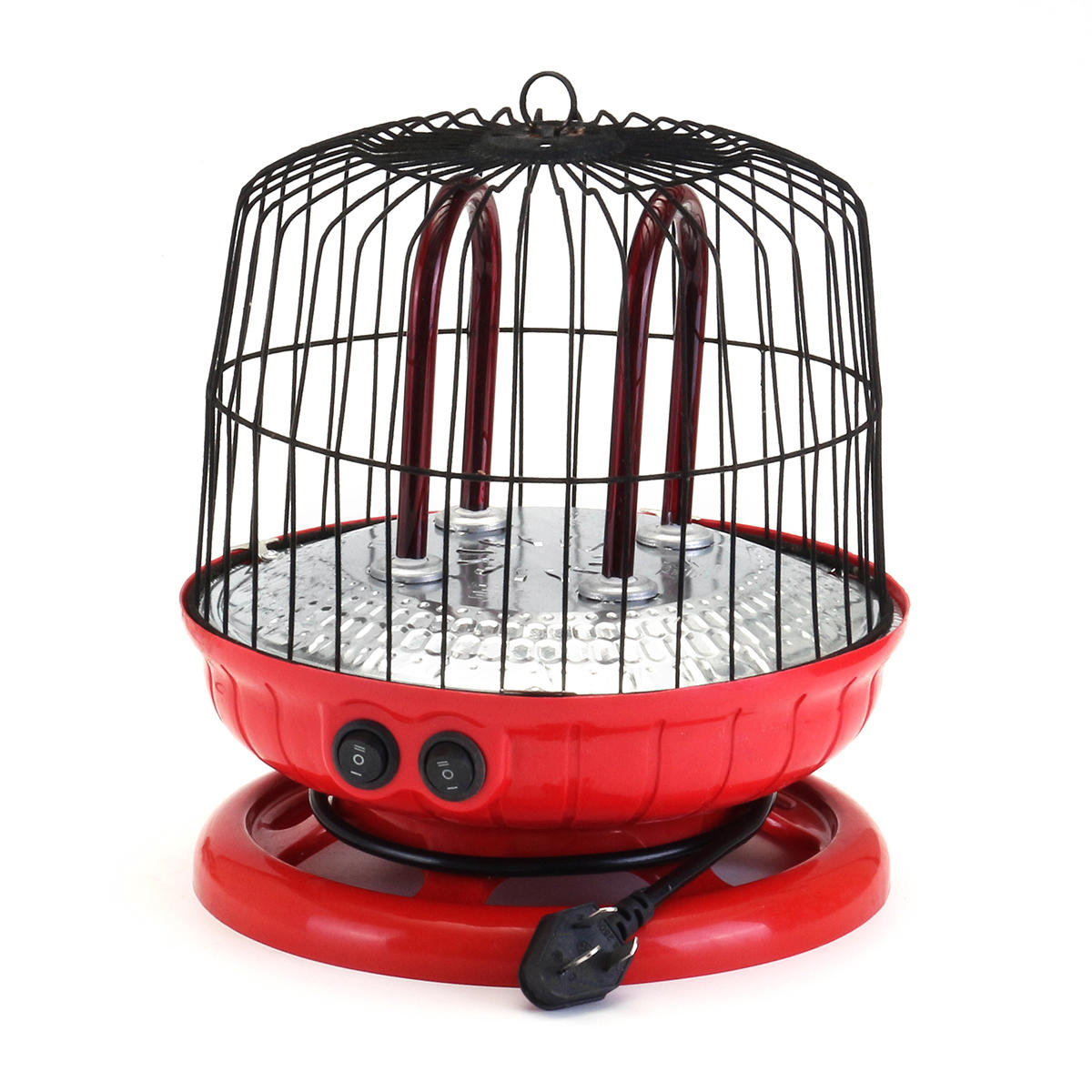

Informative website. Thank you very much!